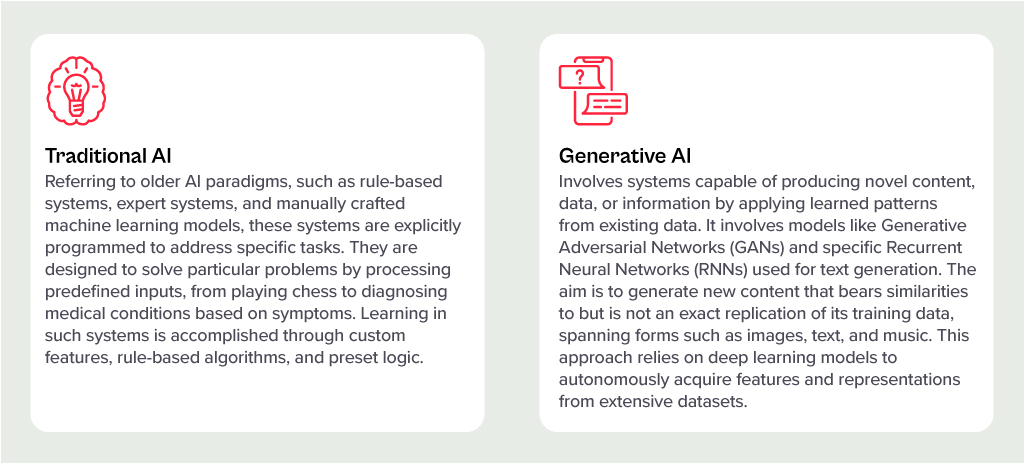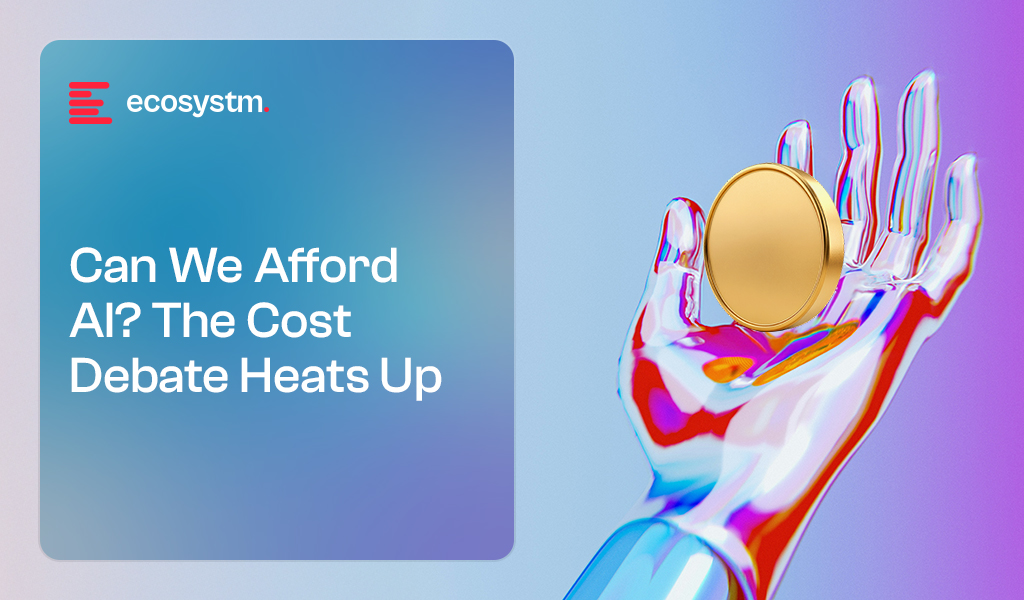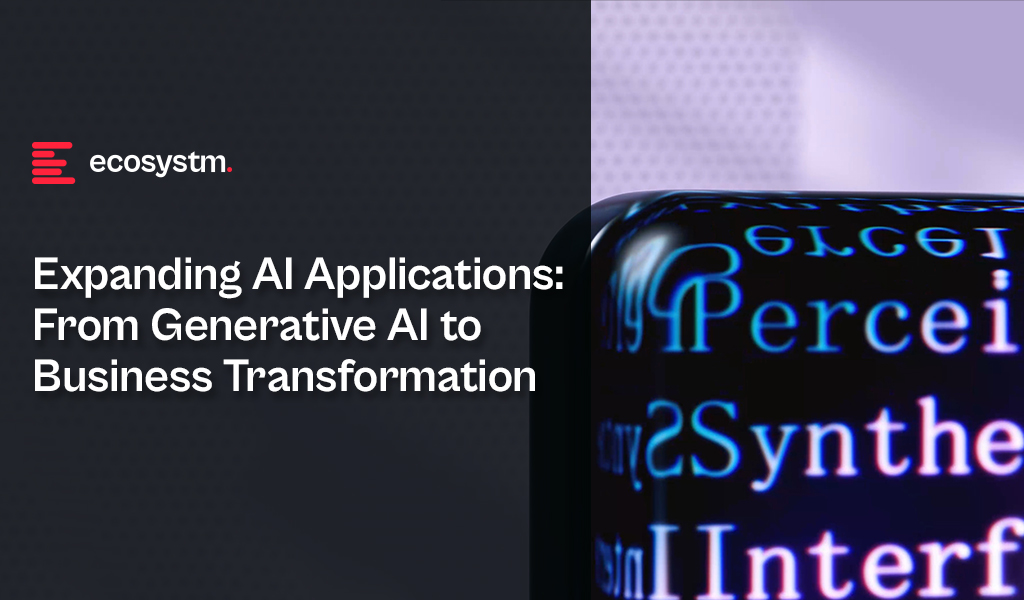Welcome to 2025, the Year of the Snake – now enhanced, of course, with AI-powered features! While 2023 and 2024 saw a surprising global consensus on the potential risks of AI and the need for careful management (think AI legislation), the opening weeks of 2025 have thrown a new, and perhaps more pressing, concern into the spotlight: cost.
The recent unveiling of Project Stargate sent ripples throughout the tech world, not just for its ambitious goals, but for its staggering price tag: a cool USD 500B over four years. Let that sink in. That’s roughly the equivalent of Singapore’s entire GDP in 2023. For context, that kind of money could fund the entire Apollo program and build two International Space Stations, with some spending money left over. It’s a figure that underscores the sheer scale of investment required to push the boundaries of AI.
But then, the plot thickened. A relatively unknown Chinese company, DeepSeek, seemingly out of nowhere, launched its R1 large language model (LLM). Not only does R1 appear to be a direct competitor to OpenAI’s latest offerings, but DeepSeek also claims to have achieved this feat at a fraction of the cost, and using fewer (and potentially less powerful) GPUs. This announcement sent shockwaves through the stock market on January 27th, impacting nearly every stock associated with AI chip manufacturing. Nvidia (NVDA), a key player in the AI hardware space, suffered one of the biggest single-day losses in US stock market history, with nearly USD 600B wiped off its market capitalisation. Ironically, that’s more than Project Stargate’s entire budget plus the cost of an ISS.
This dramatic market reaction highlights several critical trends emerging in 2025. The previously observed consensus on AI risks and legislation is already beginning to fracture (witness the recent back-and-forth on AI regulation). Meanwhile, the exorbitant cost of AI development is becoming increasingly apparent. We’re also seeing a renewed West versus (Far) East rivalry playing out in the AI arena, extending beyond just technological competition. And finally, the age-old debate between open-source and proprietary software is back, with some LLMs, like DeepSeek’s R1, leaning more towards open access than others.
For organisations considering investing in AI, and indeed for all of us whose lives are increasingly touched by AI developments, it’s crucial to keep a close watch on these powerful trends. The risks, the investments, and the potential benefits of AI must be carefully scrutinised and potentially reassessed. The recent stock market correction suggests a necessary pushback against the over-confidence and over-spending that has characterised some areas of AI development. As DeepSeek’s R1 has shown, sometimes it doesn’t take much to disrupt the party.
The question now is: how will the landscape shift, and who will emerge as the true leaders in this expensive, yet potentially transformative, race?

Generative AI has stolen the limelight in 2023 from nearly every other technology – and for good reason. The advances made by Generative AI providers have been incredible, with many human “thinking” processes now in line to be automated.
But before we had Generative AI, there was the run-of-the-mill “traditional AI”. However, despite the traditional tag, these capabilities have a long way to run within your organisation. In fact, they are often easier to implement, have less risk (and more predictability) and are easier to generate business cases for. Traditional AI systems are often already embedded in many applications, systems, and processes, and can easily be purchased as-a-service from many providers.

Unlocking the Potential of AI Across Industries
Many organisations around the world are exploring AI solutions today, and the opportunities for improvement are significant:
- Manufacturers are designing, developing and testing in digital environments, relying on AI to predict product responses to stress and environments. In the future, Generative AI will be called upon to suggest improvements.
- Retailers are using AI to monitor customer behaviours and predict next steps. Algorithms are being used to drive the best outcome for the customer and the retailer, based on previous behaviours and trained outcomes.
- Transport and logistics businesses are using AI to minimise fuel usage and driver expenses while maximising delivery loads. Smart route planning and scheduling is ensuring timely deliveries while reducing costs and saving on vehicle maintenance.
- Warehouses are enhancing the safety of their environments and efficiently moving goods with AI. Through a combination of video analytics, connected IoT devices, and logistical software, they are maximising the potential of their limited space.
- Public infrastructure providers (such as shopping centres, public transport providers etc) are using AI to monitor public safety. Video analytics and sensors is helping safety and security teams take public safety beyond traditional human monitoring.
AI Impacts Multiple Roles
Even within the organisation, different lines of business expect different outcomes for AI implementations.
- IT teams are monitoring infrastructure, applications, and transactions – to better understand root-cause analysis and predict upcoming failures – using AI. In fact, AIOps, one of the fastest-growing areas of AI, yields substantial productivity gains for tech teams and boosts reliability for both customers and employees.
- Finance teams are leveraging AI to understand customer payment patterns and automate the issuance of invoices and reminders, a capability increasingly being integrated into modern finance systems.
- Sales teams are using AI to discover the best prospects to target and what offers they are most likely to respond to.
- Contact centres are monitoring calls, automating suggestions, summarising records, and scheduling follow-up actions through conversational AI. This is allowing to get agents up to speed in a shorter period, ensuring greater customer satisfaction and increased brand loyalty.
Transitioning from Low-Risk to AI-Infused Growth
These are just a tiny selection of the opportunities for AI. And few of these need testing or business cases – many of these capabilities are available out-of-the-box or out of the cloud. They don’t need deep analysis by risk, legal, or cybersecurity teams. They just need a champion to make the call and switch them on.
One potential downside of Generative AI is that it is drawing unwarranted attention to well-established, low-risk AI applications. Many of these do not require much time from data scientists – and if they do, the challenge is often finding the data and creating the algorithm. Humans can typically understand the logic and rules that the models create – unlike Generative AI, where the outcome cannot be reverse-engineered.
The opportunity today is to take advantage of the attention that LLMs and other Generative AI engines are getting to incorporate AI into every conceivable aspect of a business. When organisations understand the opportunities for productivity improvements, speed enhancement, better customer outcomes and improved business performance, the spend on AI capabilities will skyrocket. Ecosystm estimates that for most organisations, AI spend will be less than 5% of their total tech spend in 2024 – but it is likely to grow to over 20% within the next 4-5 years.




